|
Though I have written many articles on wild primroses, Ireland has three forms of native Primula, the Primrose, the Cowslip and the false Oxlip and you might also find the introduced Oxlip as an escapee from gardens to the wider landscape . 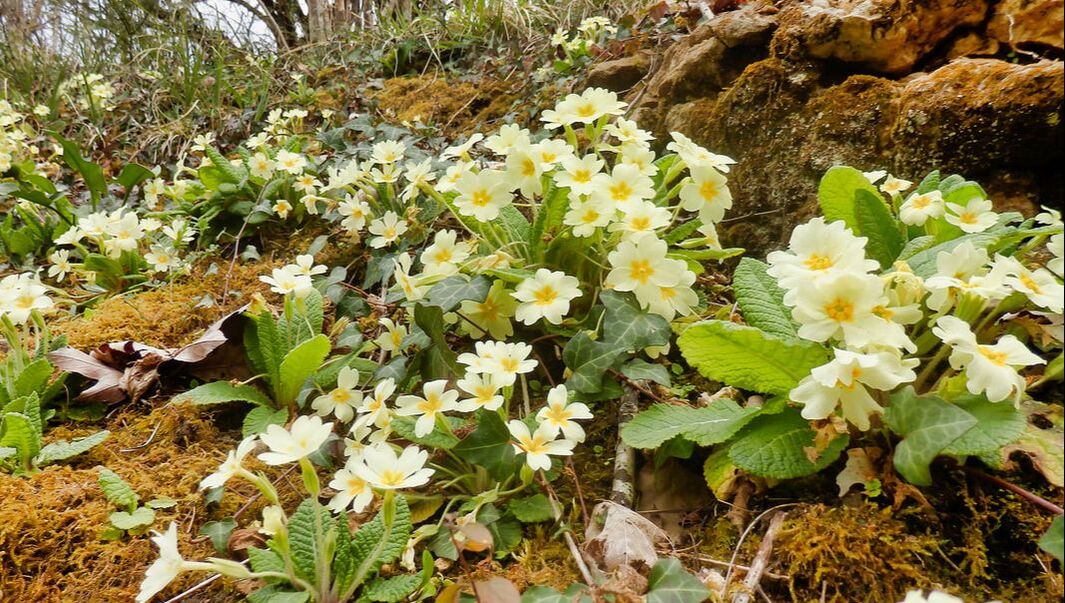 No one doubts the provenance of one of the first heralds of spring; massed swathes of pale yellow that clothe banks, woodlands, stream-sides, road verges and meadows across the land. The primrose - Primula vulgaris, is a native wildflower that will often show its head in sheltered places well before the old year has ended, nor is it unusual to see the pretty though not so delicate flowers appear through shallow drifts of melting snow. The name primrose is from the feminine Latin derivative prima rosa meaning 'first rose', despite it not being a member of the rose family. Here in the garden small clusters of primroses start flowering in late December but it is from mid February to mid March that the greater numbers appear. They are spreading slowly and I will lift and divide some to ensure the flowers are a source to gladden the eye as I walk around the garden in the darker days of winter. Cowslip - Primula veris, another native perennial found most widely across Ireland from the south-eastern and eastern counties and through the midlands, yet rarer in the south-west and the north of the country. In April and May, sometimes as early as late March, clusters of elongated bell-shaped flowers of rich yellow hang from the top of a single long downy stem amid basal rosettes of wrinkled leaves that pinch abruptly to the petiole (leaf stalk) and are lightly furry on both sides. Cowslips can be found on natural and semi-natural grasslands but are now becoming less abundant across Europe and the UK, this decline can be attributed to changes in land-use such as the loss of traditional hay–meadows. The loss of this, in combination with ongoing destruction and nutrient enrichment of permanent grasslands, even in some cases, land abandonment may also be hastening its demise. Although losses are being noticed elsewhere, recording of cowslip populations have revealed that they seem to be doing fairly well in Ireland and there is a Citizen Science project across Europe - Looking for Cowslips, which is dedicated to studying this humble flower. I had a single cowslip in the field when I relocated here, I have introduced a few more since and there is another batch to be planted this spring to increase the small colony. Most cowslips have yellow flowers, but very occasionally you may find orange or red-flowered ones in the wild and though I planted yellow ones some of mine have flowered both orange tipped and also a rich red. False Oxlip - Primula x polyantha is a naturally occurring hybrid where native cowslips and primroses grow together and like most hybrids the false oxlip is generally a larger plant than the cowslip. Favoured habitats are the same as the parents - open grassland, sparse woodland and roadsides with hedgerows though its range is rather scattered across the country.. The flower colour is similar to the primrose but with darker markings and like the cowslip are formed at the top of a stem amid basal rosettes of oval, crinkled leaves. The flower umbels, unlike the cowslip, are formed around the stem instead of one-sided and can be found in bloom between March and May. Oxlip - Primula elatior, is an introduced member of the Primula family found in damp woods and meadows throughout Europe, north to the borders of Denmark and some southern parts of Sweden, east toward the Altai mountains of Russia and westward to the UK but only just. Found in some areas of East Anglia though rarely found outside of the counties of Suffolk, Cambridgeshire and Essex and here in Ireland, it is an introduced species; found mainly in gardens and woodlands when planted. The flowers grow atop a strong, furry stem, are pale yellow in colour and they tend to be one-sided and face in the same direction, the same as cowslips. As an early flowering perennial, oxlip like all of the species of Primula, is an important flower for insects, providing nectar for early emerging bees which will in turn pollinate the plant. The wild primroses may be small but in ancient times they had a strong connection to the world of myth and legend as a symbol of safety and protection. Primroses were said to encourage the faeries to bless and protect the houses when flowers were placed on a doorstep or as a gateway or portal into the faerie realm when seen in large patches in the woods or meadows. Photo credit: False Oxlip (Primula x polyantha) - Graham Calow: Oxlip (Primula elatior) - Fabrice Cahez
0 Comments
One of the projects I had set myself for a number of years was to provide the garden with a pond, a natural habitat for whatever wildlife turned up. There is water around the garden in the form of dykes and ditches but these tend to disappear during the summer months, especially during dry weather so I wanted to provide a more permanent water source. Dug in the warmth of a day in March 2021, I was fascinated to see how quickly nature would take hold in a couple of metres of water and what wildlife would turn up. It is hard to believe that just a few short months can turn a shallow gouge in the ground into a bustling new habitat but that is exactly what happened with the new pond. Once the pond was filled with well water, which seemed to take forever; it actually took 9 hours, the margins and both deep and shallow water required plants. Small clumps of bullrushes and lesser spearwort where inserted into the mud to start with then the addition of water mint. Some water weed and Equisetum fluviatile (water horsetail), acquired from a local ditch as well as a water lily for the deep water area.. The acquired water weed was accompanied by some creepy crawlies, more on those later. One of the colourful marginal plants to be added was the bright yellow flowers of the common flag iris - Iris pseudacorus which can also be found in ditches, damp marshes and other wetland habitats. It can form large, spreading clumps of sword-like, grey-green leaves. with clusters of 2-3 buds that open to yellow flowers, some as early as May and continue until August. This iris is robust enough to become really problematic and can colonise areas to the exclusion of other species. As the plant material began to knit together on the edges of the pond and within the shallow shelf edge, aquatic life arrived to the waters, many that were stowaways on some of the imported plant material, water snails, freshwater shrimp and pea mussels. I already had a very small pond in an old bucket and emptied this into the new pond with the silt and any creepy crawlies that lived there, noticing some larvae of dragonfly or damselfly which would increase the pond life. Another great perennial added was Water Mint (Mentha aquatica); an Irish native found on damp soil around lakes and ponds, along canals or riverbanks, and in marshy areas. Pretty mauve-purple flowers from July to October and it gives off a pleasant minty scent when crushed. During the Middle Ages it was a strewing herb on floors of the bed chambers so that when people walked the scent of the mint was released into the air. Along with Meadowsweet and Vervain, Water Mint was one of the herbs held sacred by the Druids. Another perennial that provides wonderful yellow flowers, like golden coins, above the surface of the water in late spring are the Marsh Marigolds (Caltha palustris). A native wildflower at home in the shallow water, on the margins of the pond, in fact anywhere the soil is continually damp. A member of the buttercup family so, large yellow flowers, with usually 5 but can be up to 8 petals, and a central cluster of golden stamens. There are now double forms and a rarer white form though I think the natural native plant is hard to beat. As the season progressed the vegetation became evermore lush, the grasses and wildflowers grew over the liner to hide the edges though the warm sun and bright days also encouraged algae to form. As this is a natural pond with no pump or filtration system it had to be left for one season to allow the natural processes to settle down but I will treat the algae - with natural products - 1 year on, if necessary. So, with plants maturing, the pond life began to emerge, one of the earliest of the damselflies was the Large Red Damselfly - Pyrrhosoma nymphula followed by the Four-spotted Chaser - Libellula quadrimaculata and then for most of the summer the Common Darters - Sympetrum striolatum As the year in the life in the pond draws near, my one hope was that the pond would be a suitable site for frogs and newts. Frogs are definitely around the garden as I see a number each year in the long grass and along the damp margins of the boundary ditches. Traditionally, frogs return to their home habitat to spawn but I'm hoping that one or two might consider the pond as a bit of an upgrade for their offspring this year and that frogs will become one of the pond's resident species. This hope turn to reality this week, when I discovered clusters of frogspawn in the shallowest parts of the pond, 13 clusters and counting. With no fish in the pond hopefully many will turn into tadpoles and eventually to adult frogs. If it's suitable for frogs then the next species of my wish list ..... newts.. I also look forward to welcoming any new invertebrates such as Water Boatman, Pond Skater maybe even a Diving beetle or two that are on the look out for new habitat, the pond is ready and waiting.
Birds are becoming short of nesting sites;, our gardens, parks and woodlands are tidier than they used to be, old and dead trees are often felled depriving birds of natural nesting holes and there are fewer nooks and crannies in modern and renovated houses. It is this housing shortage which is thought to be one of the major factors behind the decline of some of our once most common garden birds. ,Of course, the good news is that every garden has space for at least one nestbox and the wild birds of urban and rural gardens, of farmland and woodland would benefit if each one of those gardens put up a nestbox or two, attracting our favourite garden birds such as bluetits, robins, blackbirds, sparrows and if you're really lucky, maybe a rarer species. Our wild birds have their own preferences when it comes to choosing a nesting site including nestboxes though some such as chaffinches and dunnocks are not known to used nextboxes at all. Providing nest-boxes replicate nest sites for species which normally will use holes and crevices in woodland trees; many of the tit species are typical woodland birds equally at home in rural and urban gardens and will readily take up residence in man-made boxes. The most common next box users are also our most common garden song birds; Blue Tits, Coal Tits and Great Tits, Robins, Wrens and Sparrows. It’s no surprise that the hallmarks of a good nestbox is shelter, security, access and location. Remember: your top priority when providing one is a safe location where the chicks can be raised with the least risks from either predators or bad weather. If you are choosing a wooden box, choose one that has thickish walls (at least 15mm) to provide good insulation and be durable; a box made from cedar, oak or beech will far outlive ones made from softwood such as pine. The hole size should fit the bird you want to attract; a 32mm entrance hole is the ideal size for all small hole-nesting birds such as sparrows and tits but choose a smaller 26mm hole if you want to restrict the box to blue tits only - you may need to use a metal plate around the hole as great tits are known to peck the edges of the hole to widen it for themselves. Some birds love to nest communally, sparrows, starlings and jackdaws being the most common and there are nextboxes to suit these communal nesters, though, if you put several boxes close together, that will often be enough for those birds that prefer company.. Location is all about siting them correctly; the entry hole should be in a northerly or easterly direction as these usually face away from prevailing wind and rain, tipped slightly downwards to prevent any rain from entering. There should be a clear flight path to the entrance and are best without any perches. The ideal height for a small-hole nest box is between 2m and 5m above the ground which can be nestled within foliage though the access should remain clear, the more inconspicuous they are, the better. If there are no trees in your garden, the next best option is placing the box on the side of a shed or wall., again as high as will protect them from predators., especially if wall shrubs and climbers help to hide the box. itself but not the entrance. With a garden large enough and in a suitable location you could consider a nestbox for our red-listed raptors such as Kestrels and Barn Owls; research has shown that as long as appropriate hunting habitat is available, these nest boxes have a very successful occupancy rate. Putting up a nestbox in your garden is a fantastic thing to do for breeding birds in your local area. Depending on where in the garden it is sited, you may have the privilege of watching some of them move in, rear their young and that special moment when the chicks leave the nest for the big, wide world, knowing you have provided the perfect place in which they were able to raise a family.
Have you ever wondered why some trees keep their leaves in winter when all about them other trees are losing theirs? When selecting trees for the garden there is generally a choice of deciduous or evergreen though in reality there are many that fall into the category of semi-evergreen, trees and shrubs that in certain circumstances with lose some or all of their leaf cover. In the temperate climate of Ireland the majority of trees are deciduous; as a form of protection they lose all of their leaves for the winter. They also tend to be the most popular choice due to their greater range of tree shape, leaf shape, flowers, berries and spectacular autumn colour. Some of the common deciduous trees include large ones like oaks, beech and maples, or smaller varieties such as cherries, crab apples and rowans. Evergreens do lose their leaves, just not in one great dollop as the autumn arrives and the temperatures drop, so they retain a cloak of green all year round. This makes them very popular to add drama to winter landscapes where they make beautiful backdrops amid a light dusting of frost or snow or as a sprig of greenery for the home; they include well known shrubs like holly and conifers such as pine, yew and juniper though some conifers, such as larch, which still have needle-like leaves but will lose them each autumn. Evergreens are not immune to dropping foliage since most needles or leaves die after a few years anyway, in fact, most needles only live between four and seven years. For some trees, this is a continuous process with a few leaves dropping almost weekly throughout the year. Although the older foliage eventually turns brown and dies, this normally takes place in the interior of the tree, so the process goes unnoticed until the detritus covering the ground at the base of the tree provides the evidence. Evergreen trees have evolved a different set of protective adaptations that serve the same function as deciduous ones; protecting the tree from dehydration during the winter. The leaves on evergreen plants are covered with a thick waxy coating (cuticle) that prevents water loss and they also have fewer stomata on the surface of the leaf which helps to lessen the water evaporation. Evergreens evolved in the colder places of the planet and are really good at living there, in areas where there aren’t a lot of nutrients in the soil or available water. Evergreens take up and store up all those nutrients inside their leaves and needles and can use them through the winter months; storing water in their foliage too which helps them to stay green. .The trees have worked hard to take up those nutrients and water so need to hang on them as long as possible, and by retaining leaf cover. enables them to do so. Leaves are designed to carry out photosynthesis, a metabolic process by which light from the sun is converted into usable chemical energy in the form of sugar. Because their leaves are so numerous and have a constant cover, evergreens are able to capture sunlight even in shady areas where the risk of evaporation from their leaves is low. The term "evergreen" has come to refer to something that perpetually renews itself, or otherwise remains steady and constant. It is why in folklore the festive season would not be the same without evergreens, holly leaves and red-berried twigs, ivy and pine boughs used for decorating homes all across the country. A sign that was used to celebrate the winter solstice; to ward off evil spirits and to mark the approach of new growth in spring. 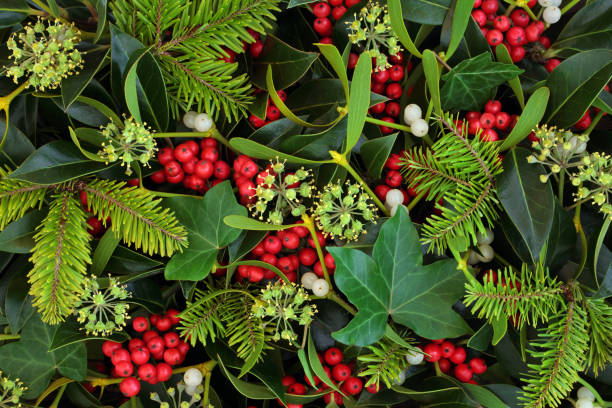 Holly; a native species which forms the shrub layer in some of our oldest woodlands, slow growing and very dense, it is only female hollies that bears berries and along with ivy were traditionally used for midwinter decorations, as a sign of green life to come. Ivy - A contentious evergreen, the self-supporting climber known to clothe trees, fences and buildings but is one of the top 5 wildlife plants. Ivy produces pale yellow flowers in winter, food for the few winter-flying insects, and its berries ripen in spring when they are an important food for blackbirds and thrushes. One of the two seasonal evergreen used in wreaths and garlands to symbolise that even in the depths of winter, life persists. |
WildEdges
A haven of quiet countryside highlighting issues affecting the natural world. Categories
All
|
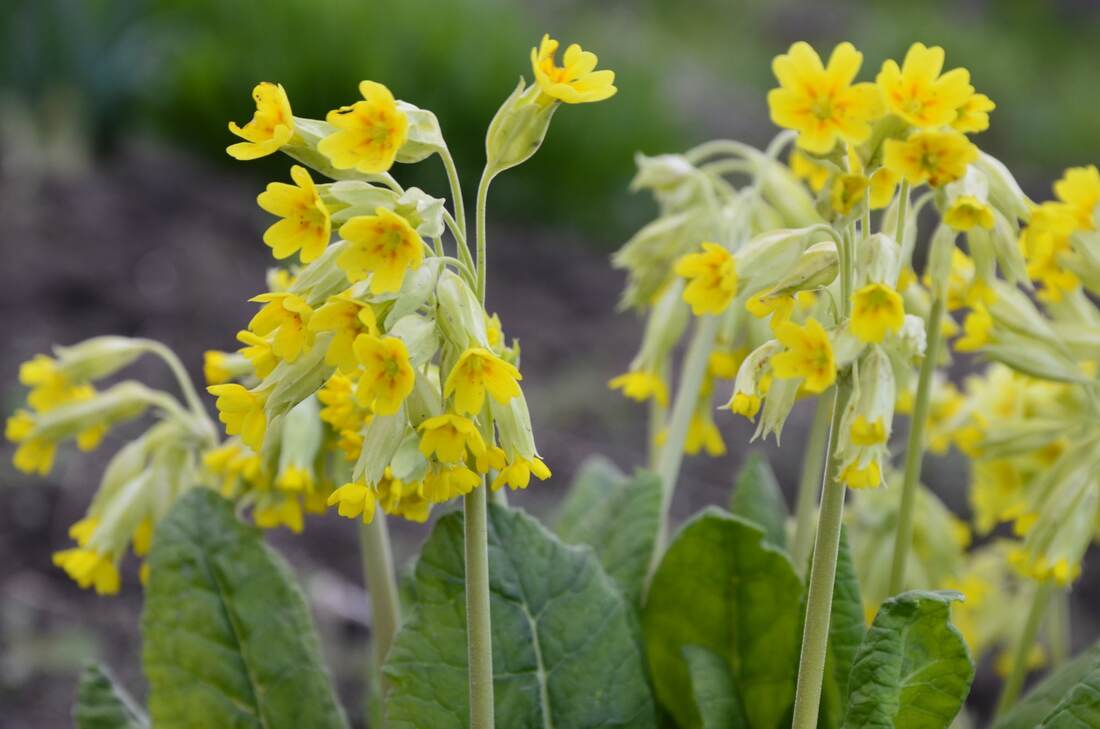
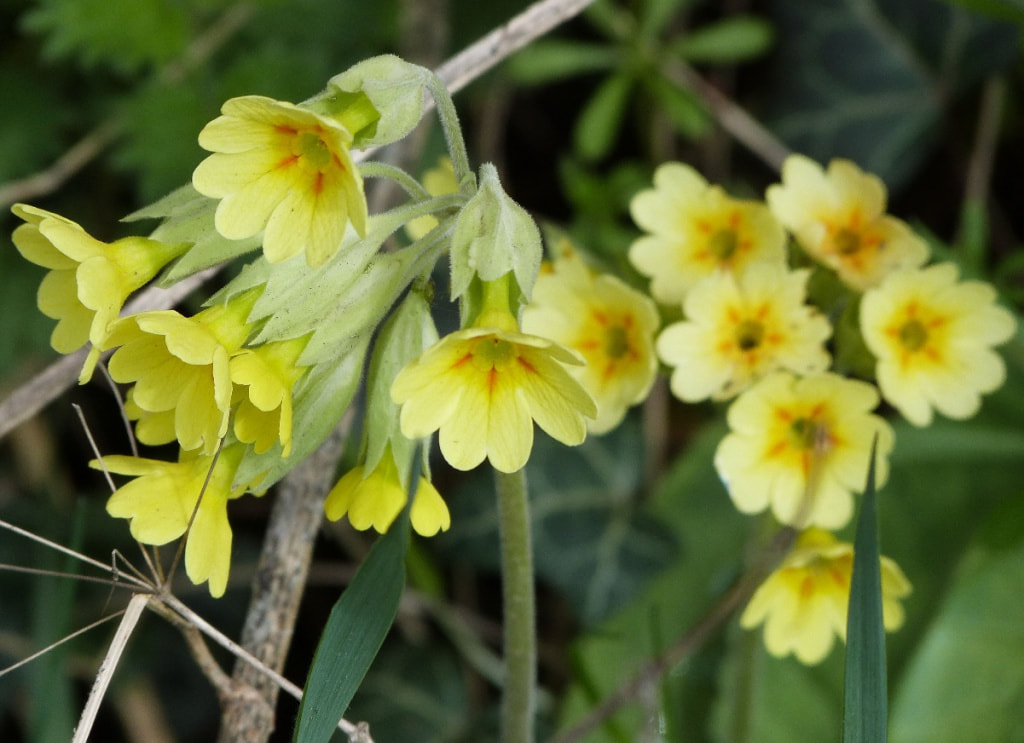
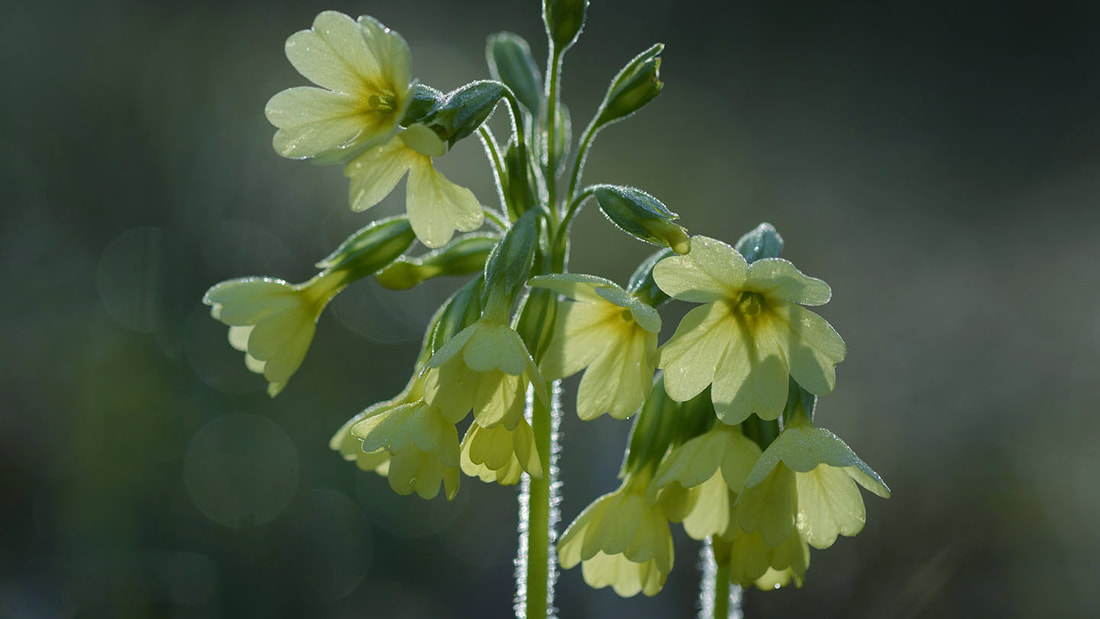
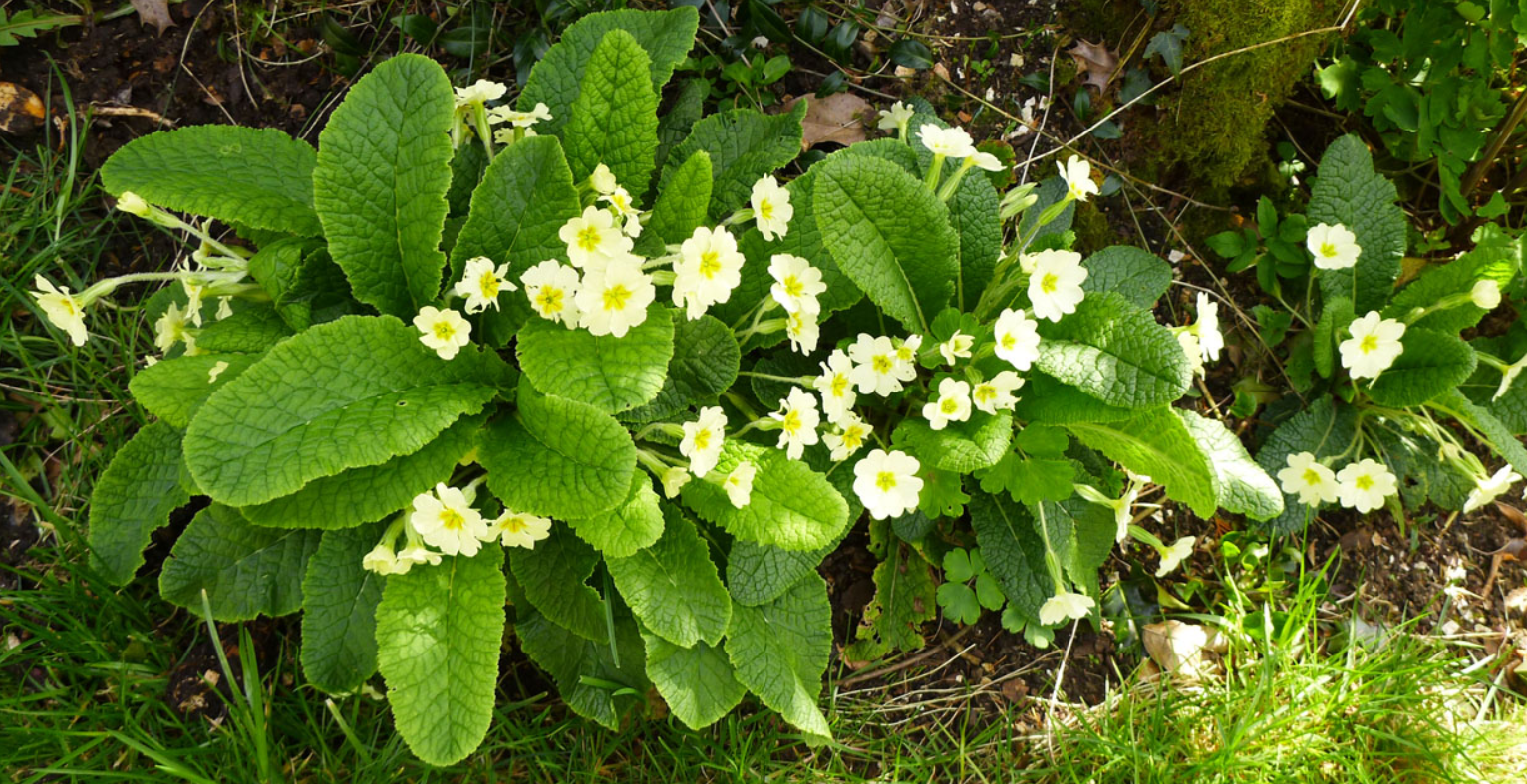
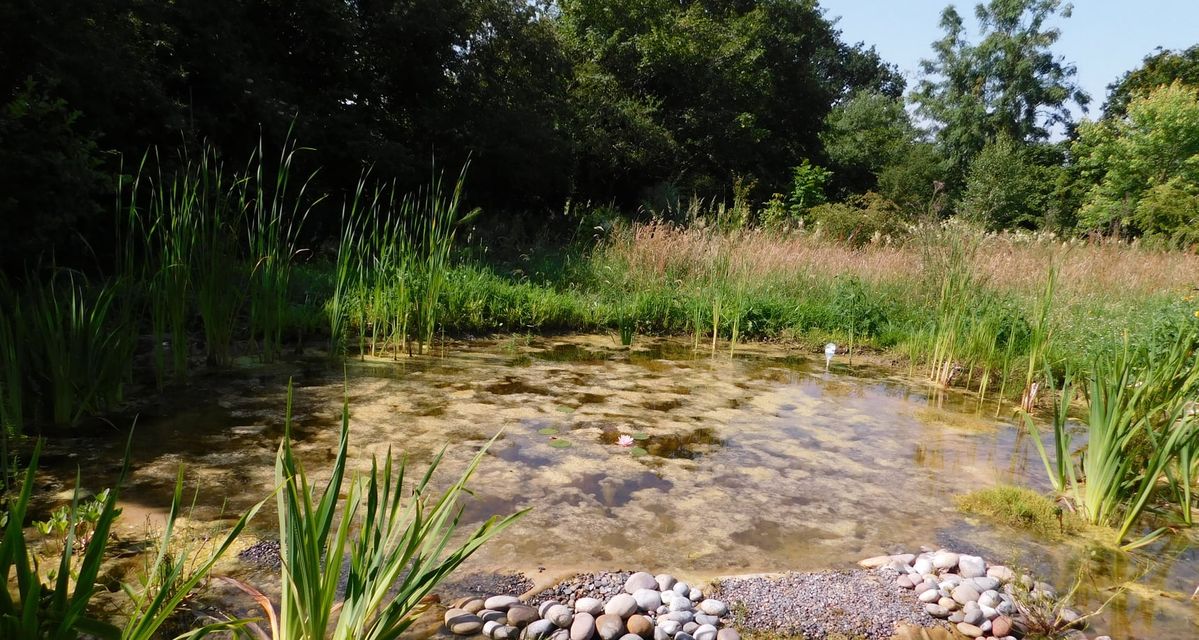
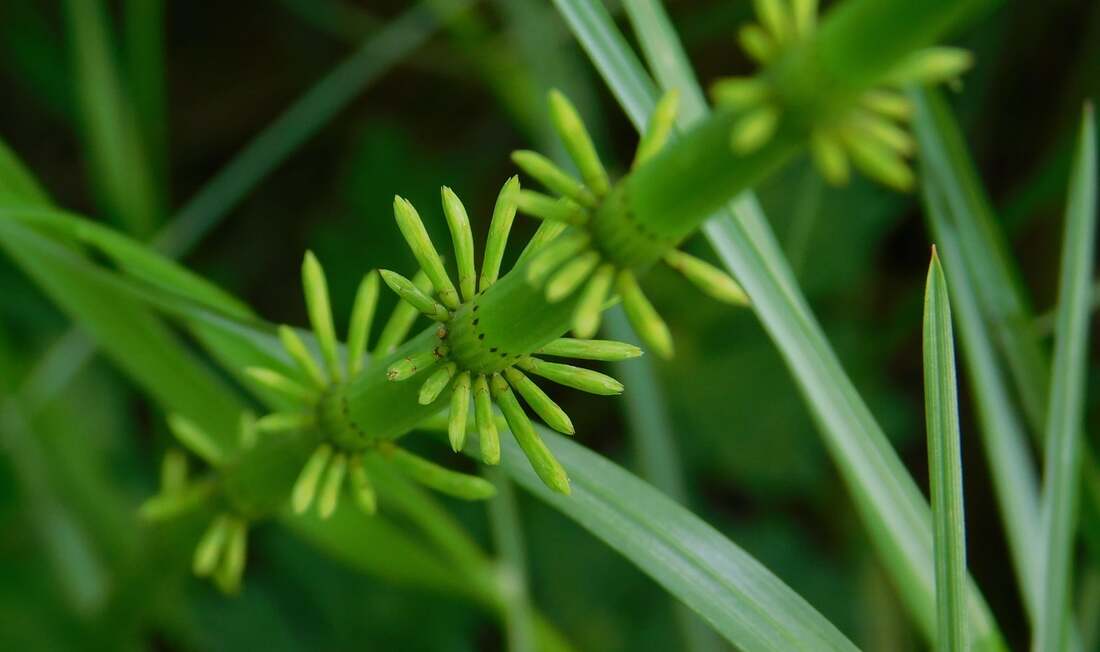
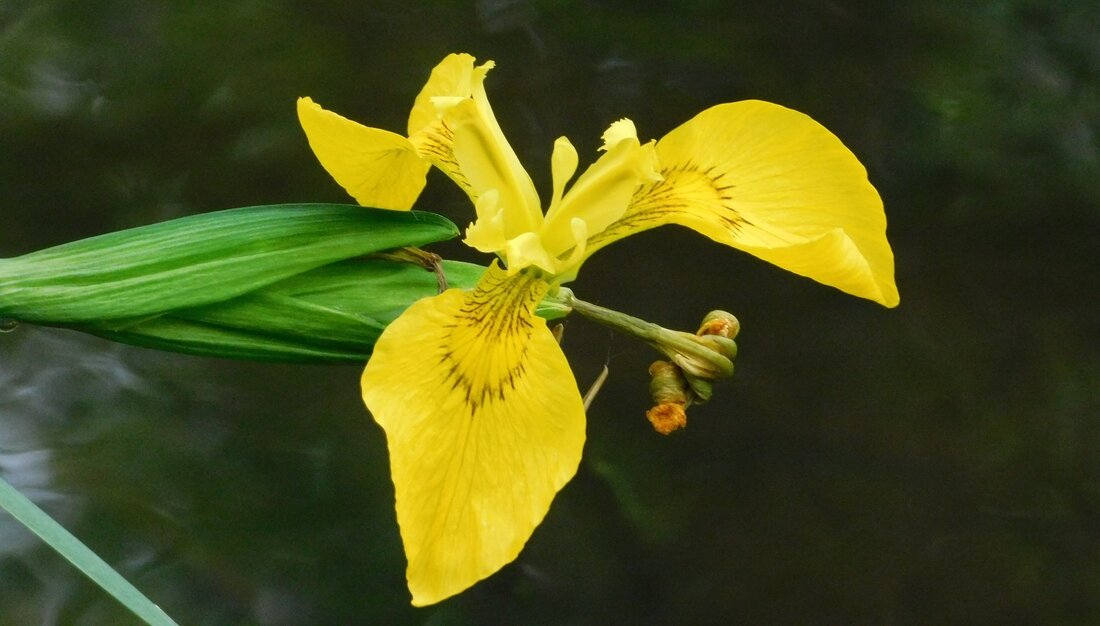
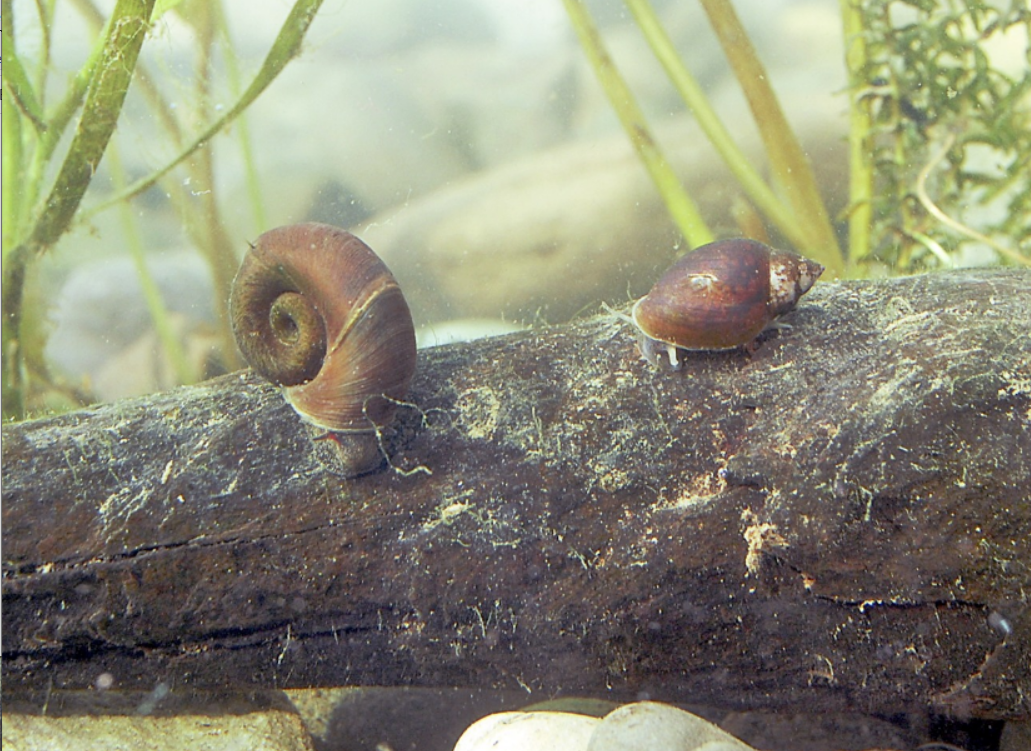
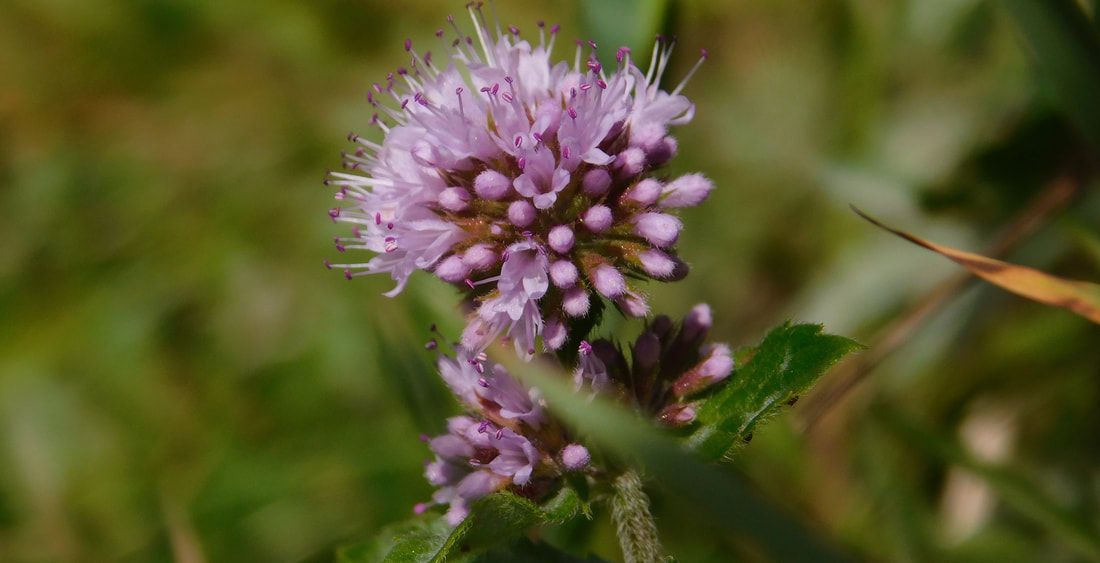
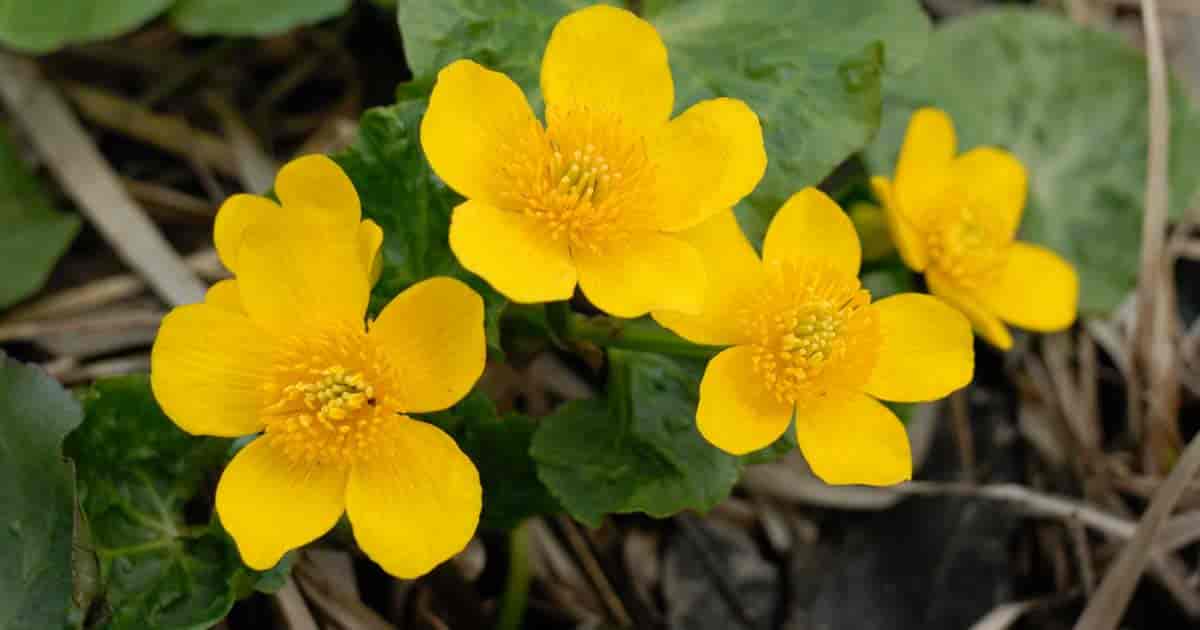
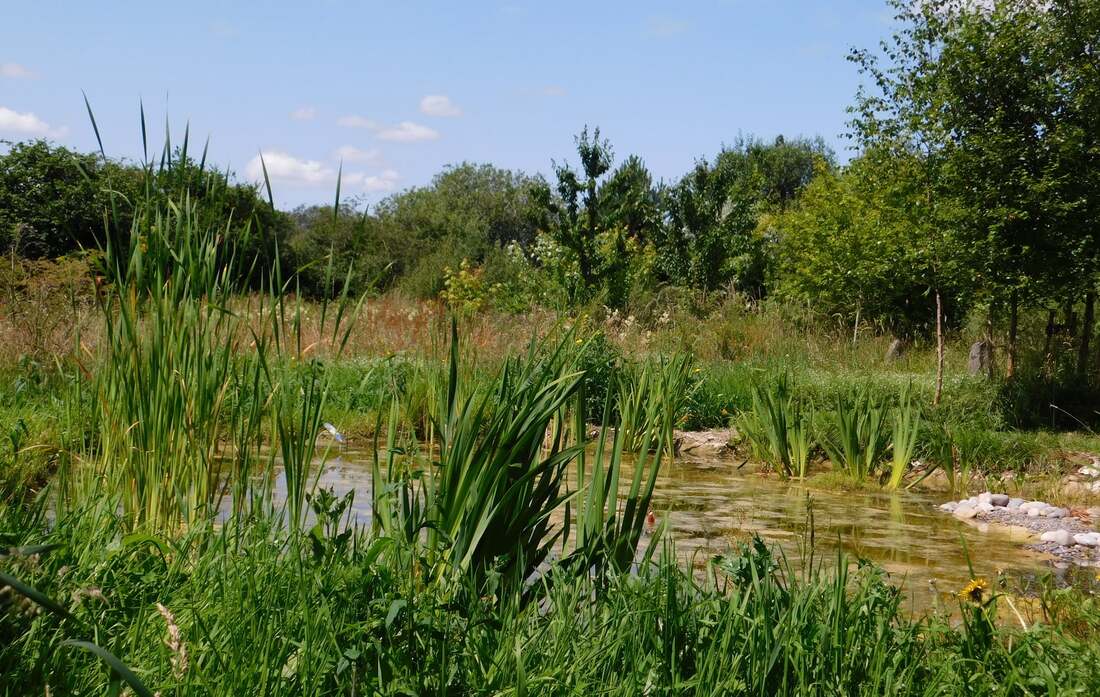
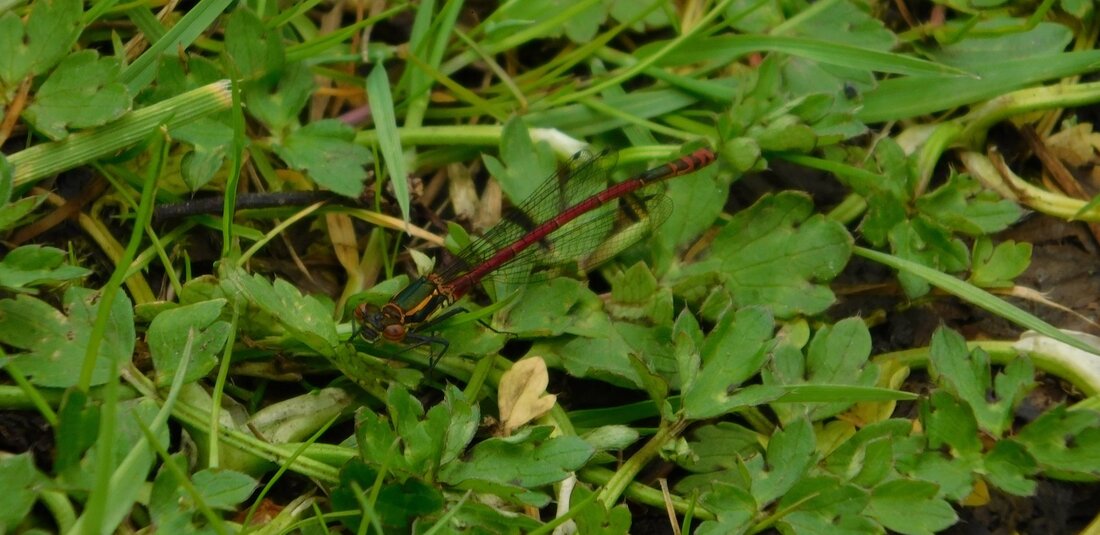
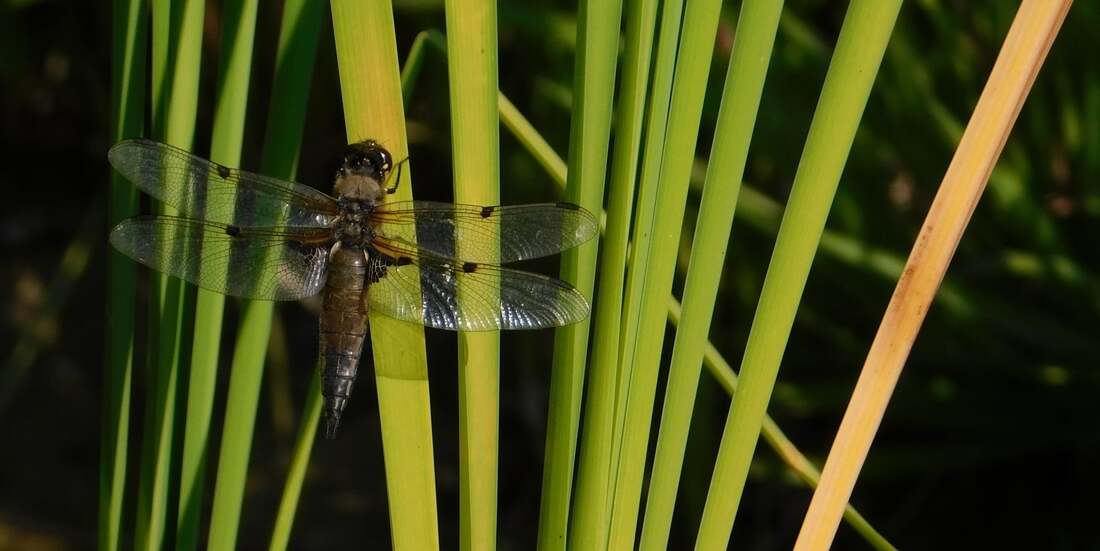
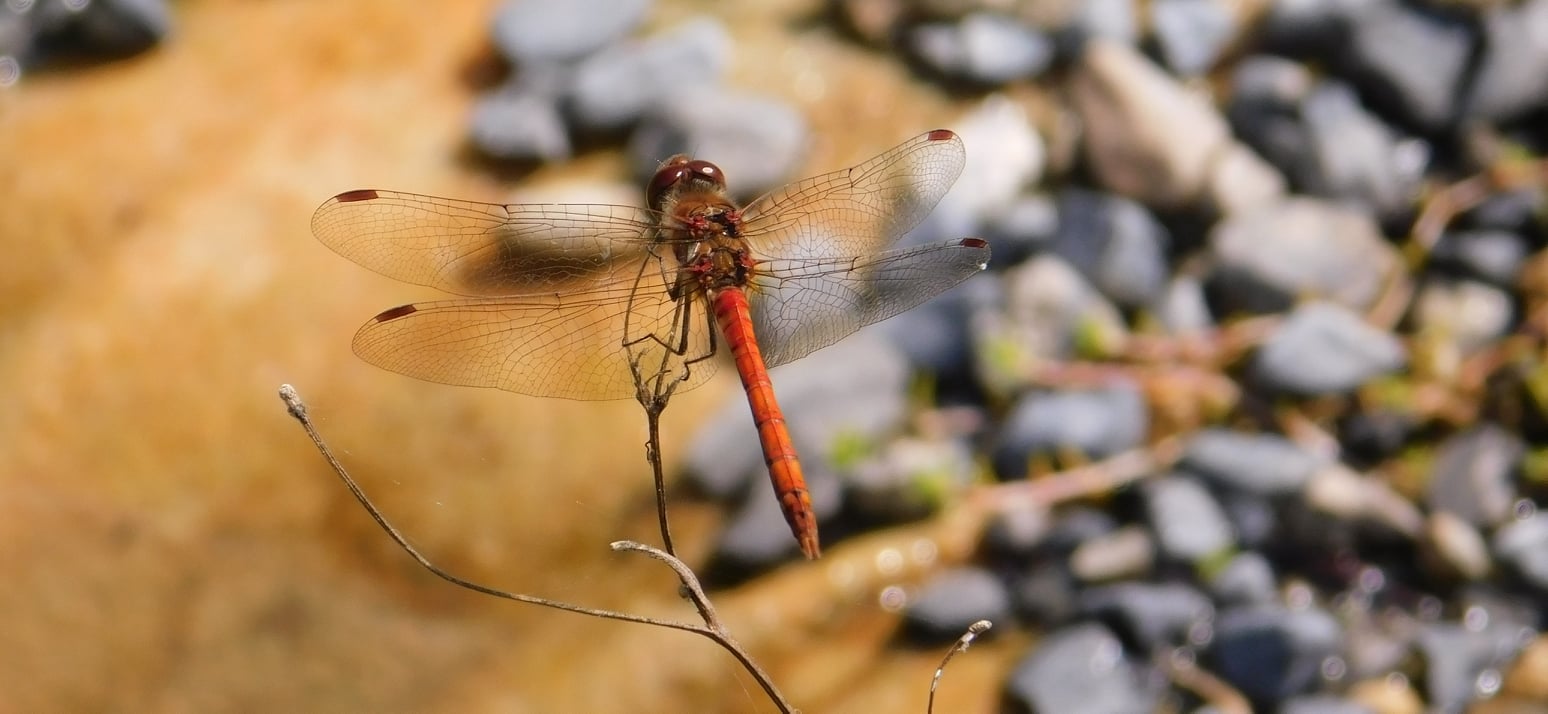
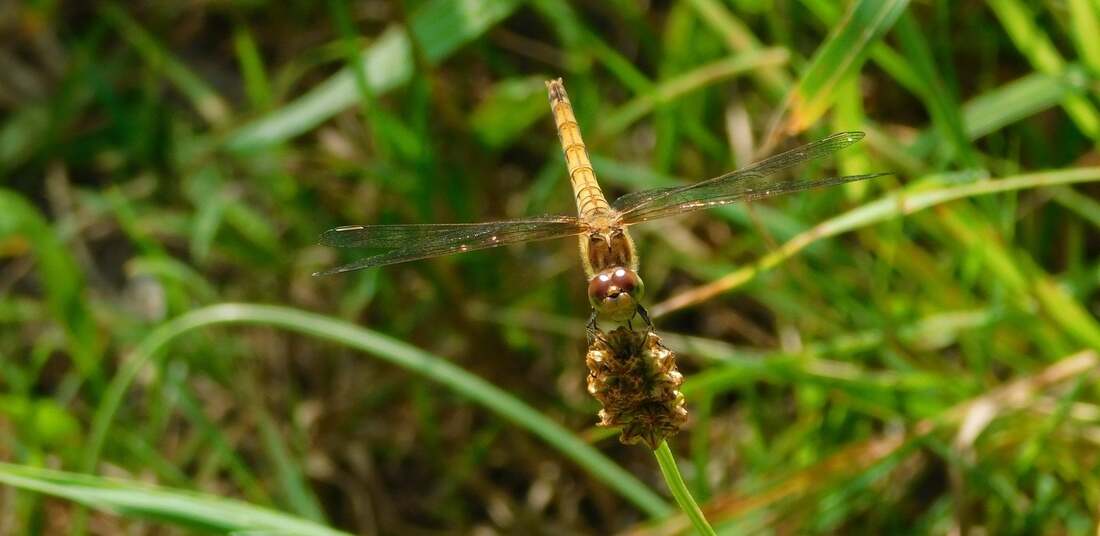
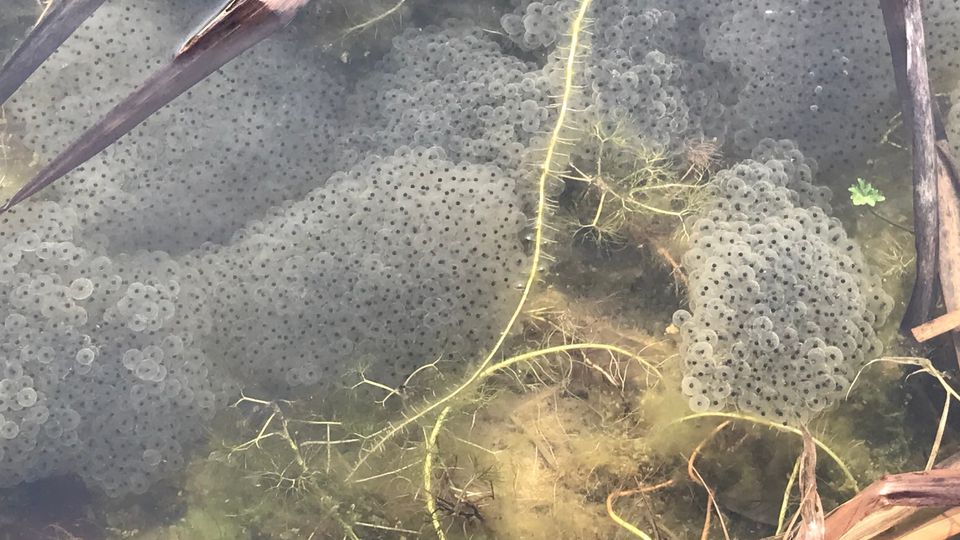
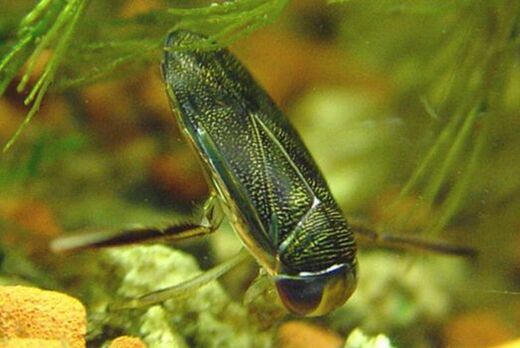
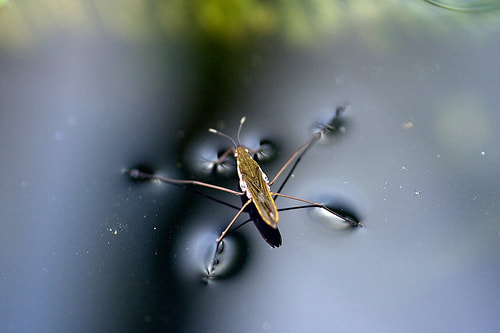
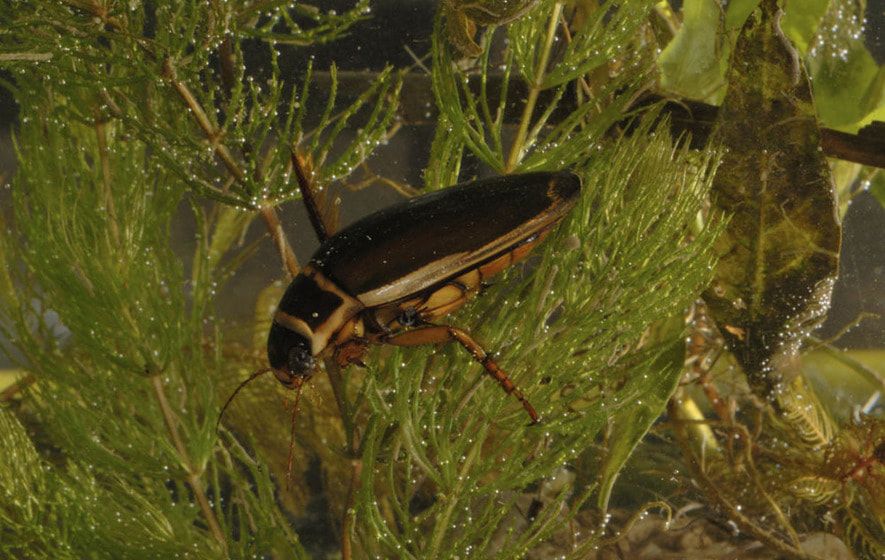
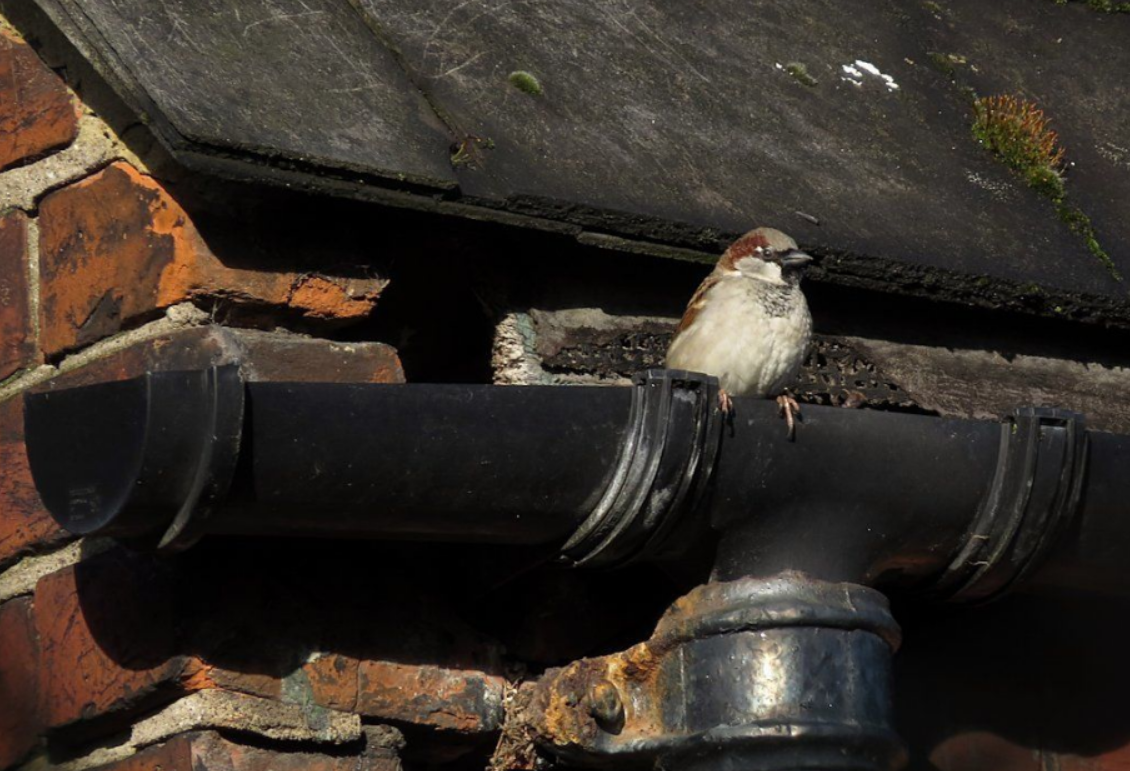
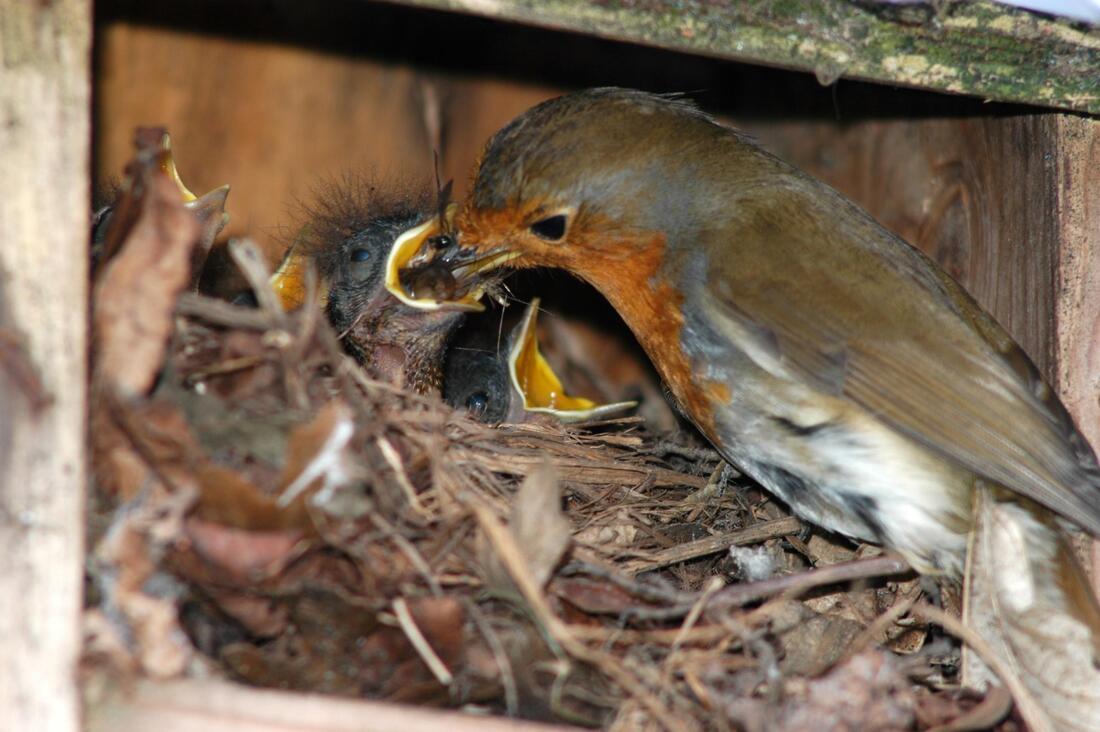
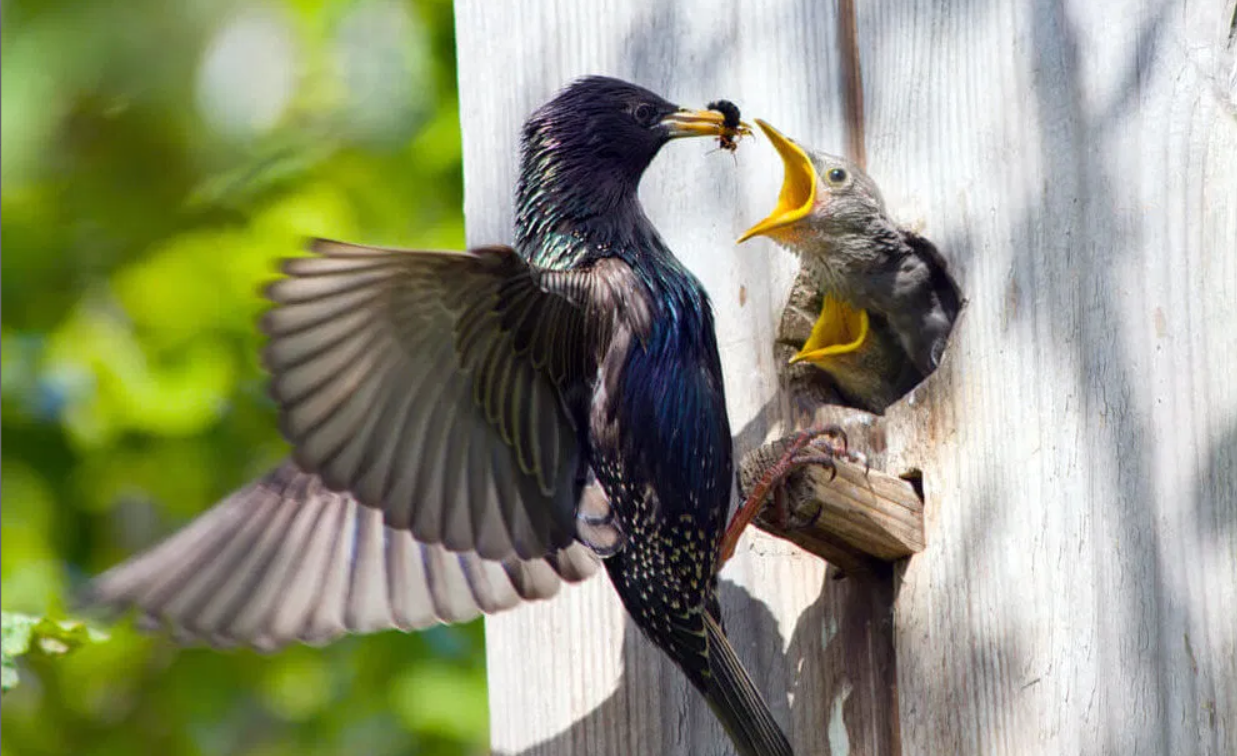
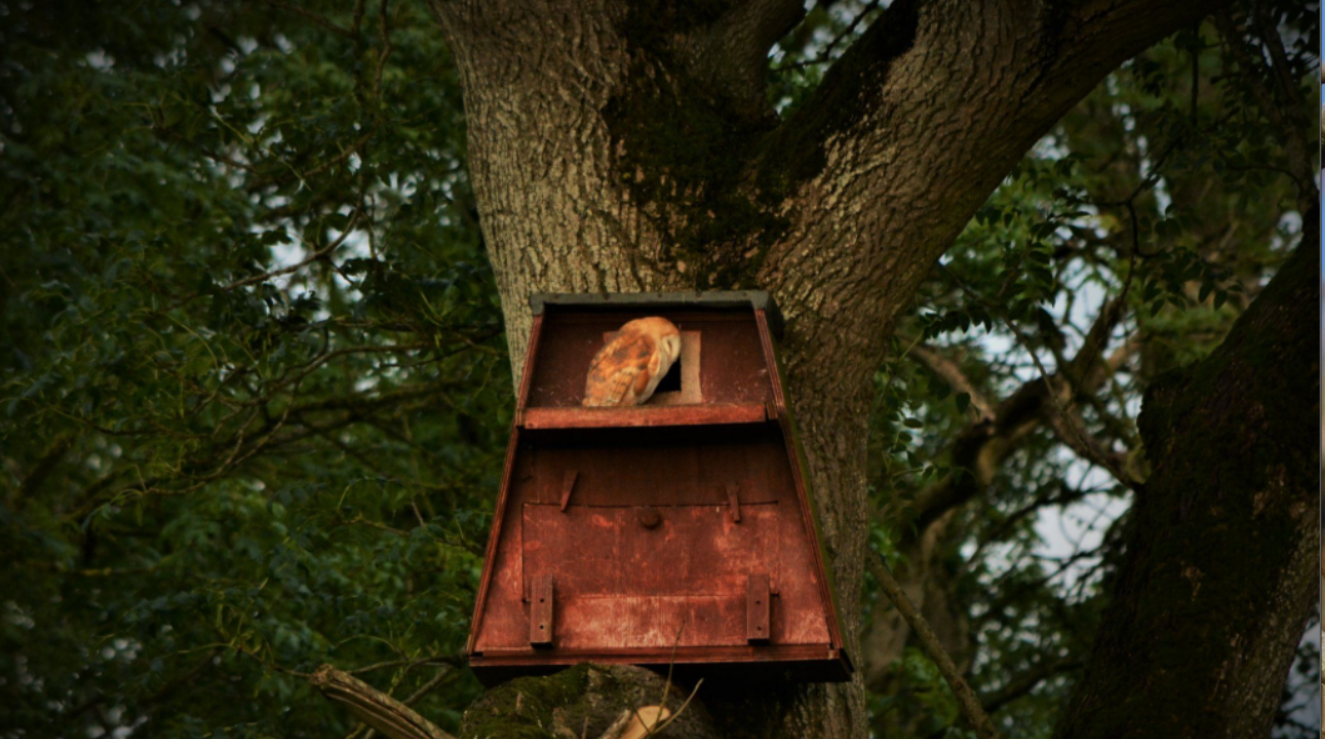
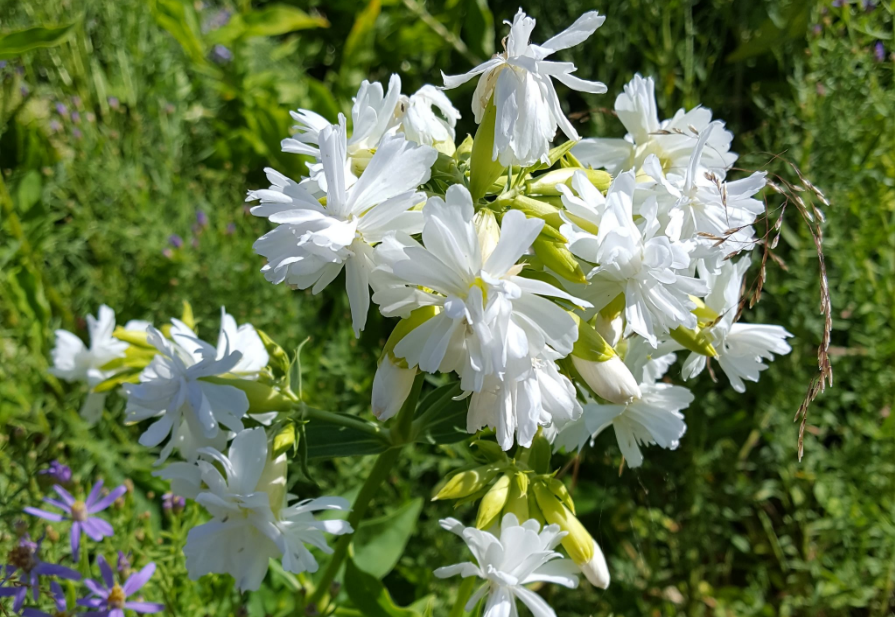
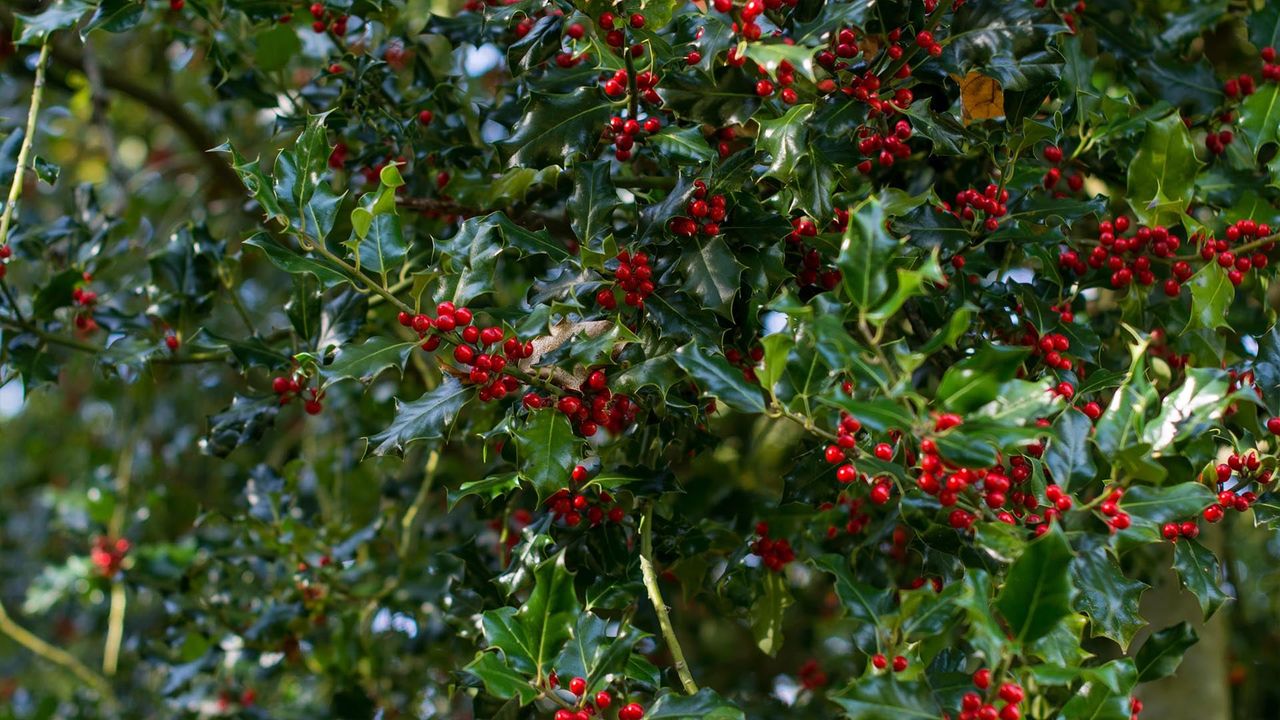
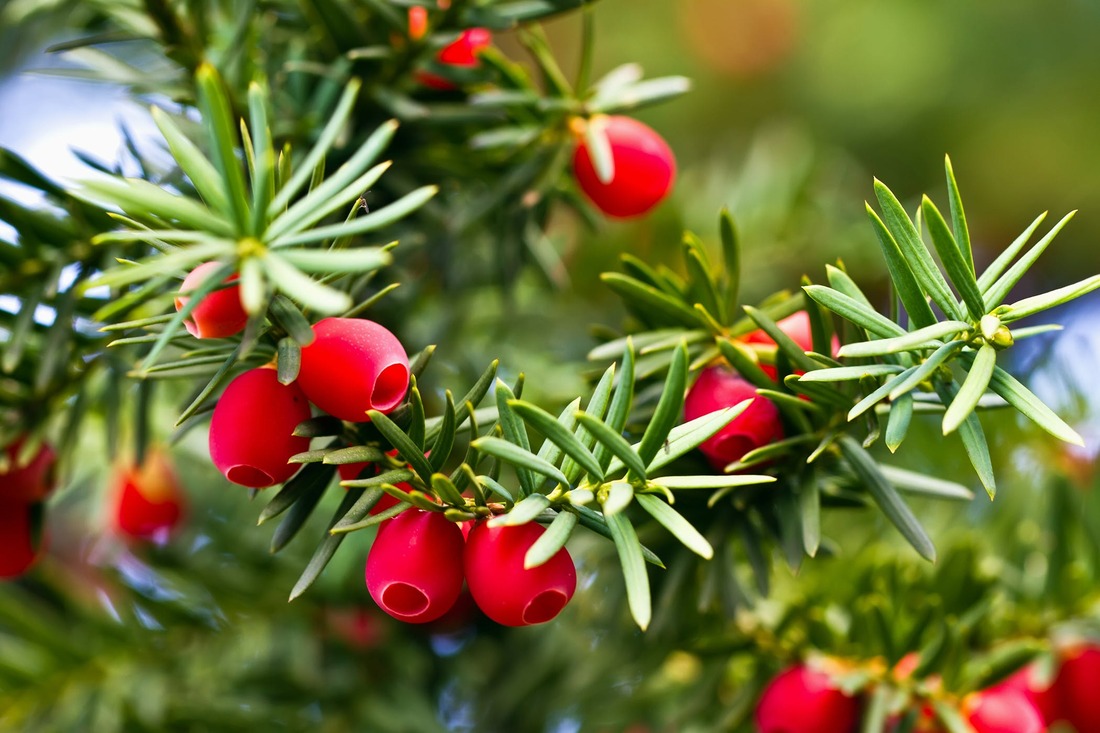
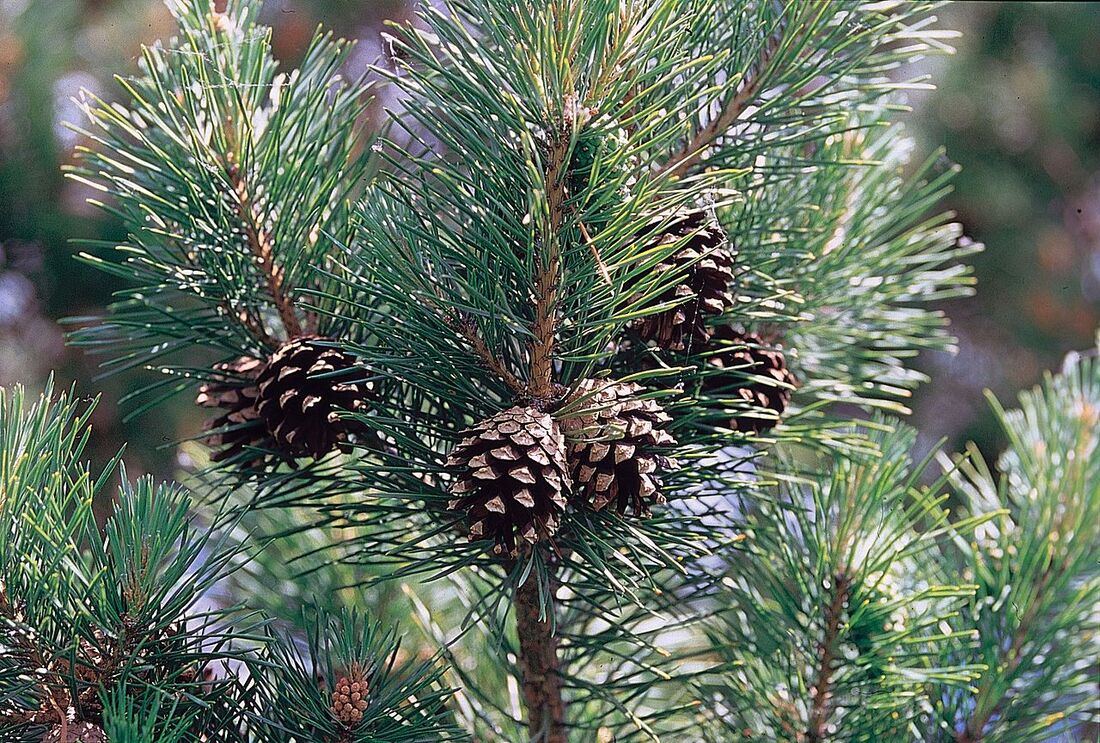
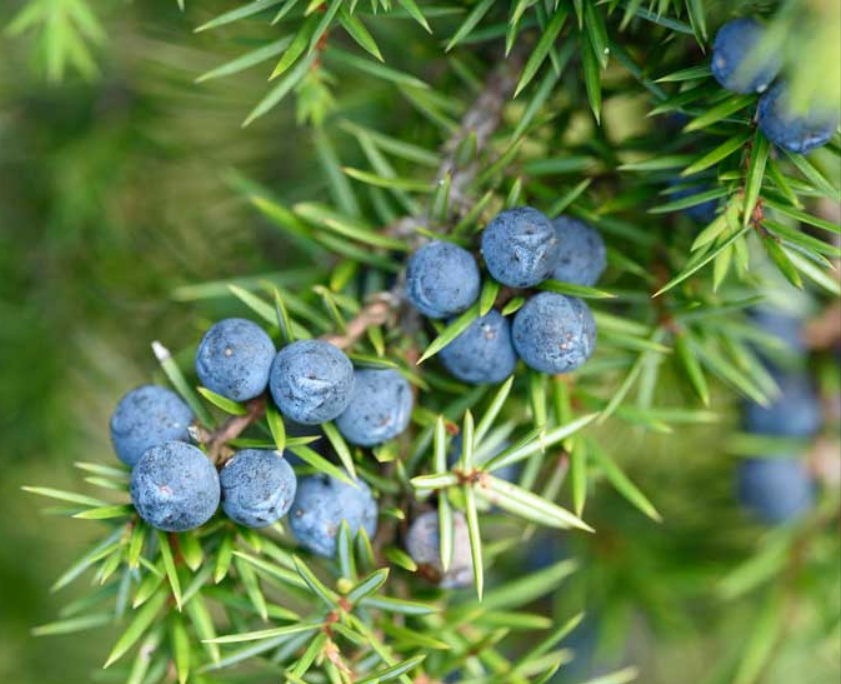
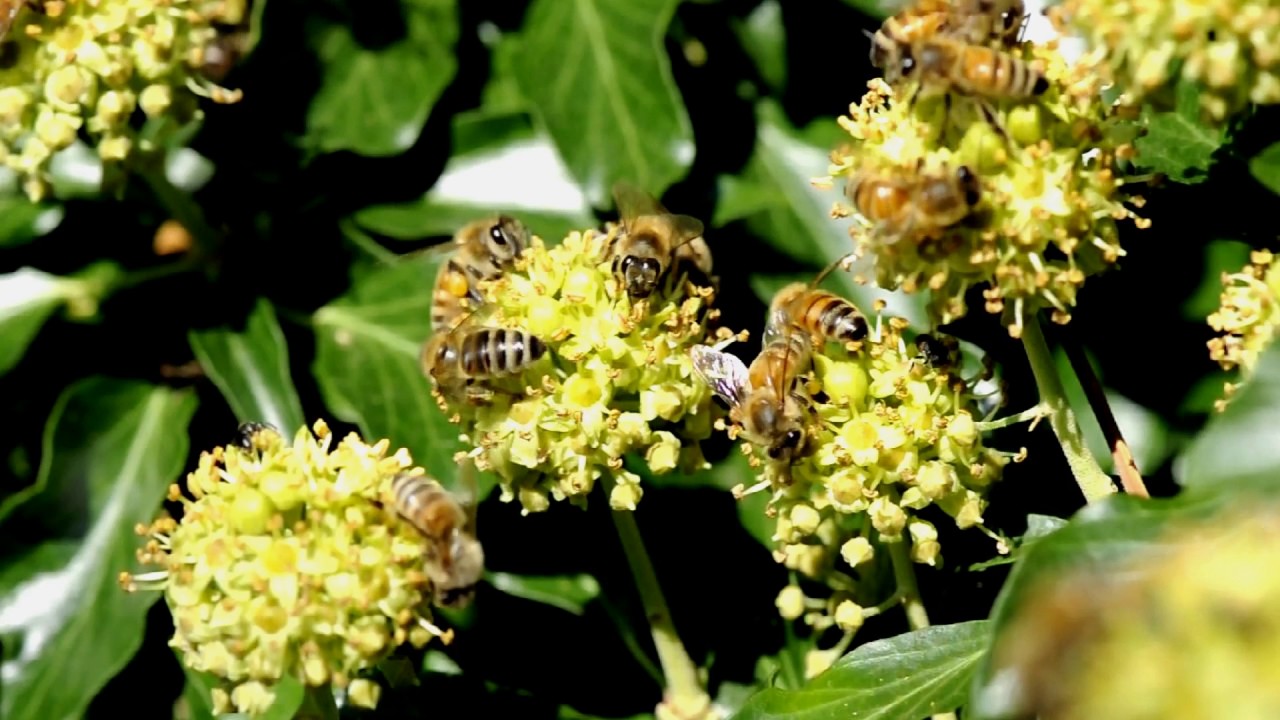
 RSS Feed
RSS Feed